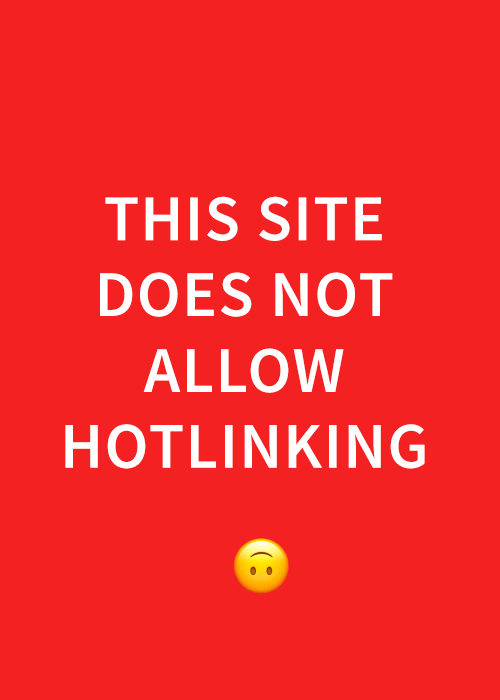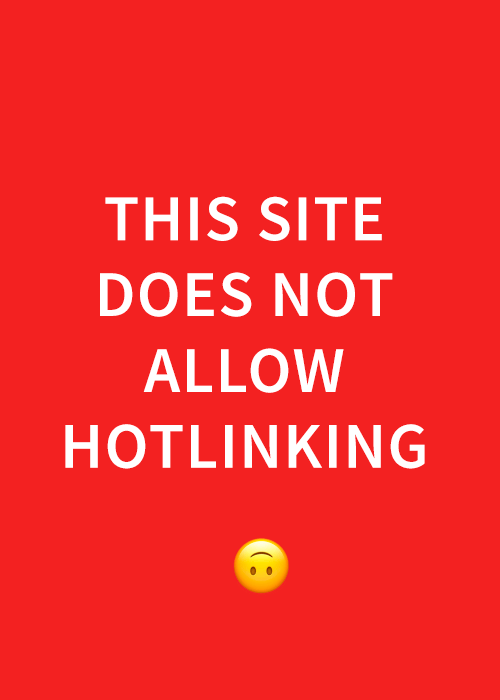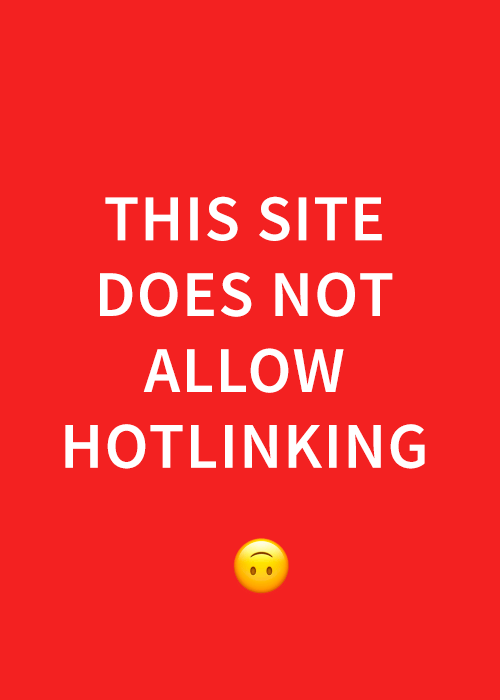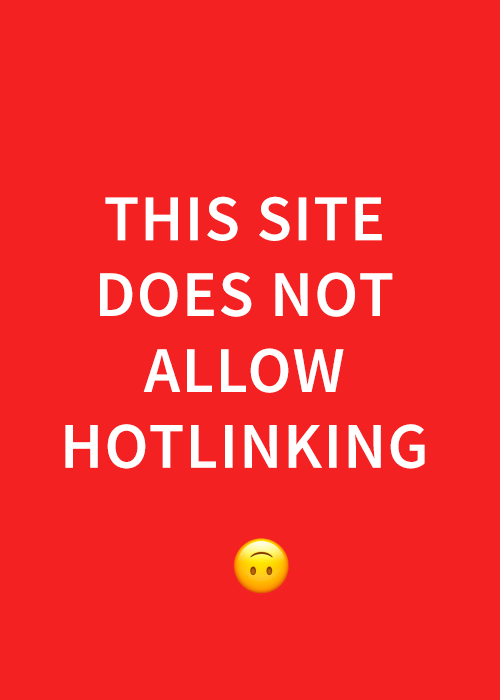
The logo designer, thinking.
Every week I am approached by small businesses and start-ups in need of a logo. Often the callers have no experience with design or in working with a designer, and this article is written in answer to many of the questions that come up. In this essay I will explore how to choose the right logo designer (and avoid disasters), how to work with a designer, and the difference between a graphic designer and a lettering artist.
Four Reasons Why Logo Designs Fail
I have lost track of the number of people who have come to me saying, “I have gone through 3,4,5 (!) logo designers and none of them has come up with anything I like. Help!” This is a very scary start to a conversation because, I, of course, do not want to be number 6 in the line-up of failures. I always ask questions to see what has gone wrong before, and I have concluded that there are there are four common reasons why the logo process fails:
· The client did not communicate to the designer what they wanted.
· The designer did not listen to what the client wanted
· The style “fit” was wrong.
· Enormous changes at the last minute, sometimes blamed on the designer.
The Key to a Good Logo Design is Good Communication
It’s no accident that college degrees are offered in “communications” and that there is an actual magazine called “Communication Arts.” Nothing is more vital to the process of good design than clear communication. A designer can only create the perfect logo for you if you have given thought to the nature of your business, can explain to the designer what sets you apart, and give some guidance as to the look you think you want. If you can’t communicate those things a great design is still possible, but you will need to build in a budget for identity therapy, the sometimes painful and lengthy process of figuring it out by seeing all the things you don’t like before you see something you do. (This can also be an excuse for a three-martini lunch, and some of the world’s greatest brands started on napkins, so it’s not all bad.)
So, how to communicate what you are looking for? There is some very useful homework to do before you even start looking for a designer. Scrap books and Pinterest boards are a great way to collect the things you like and communicate with a designer on a purely visual level. What is even more helpful is to write down in words what you like about the samples on your board and why. Out of that list you can refine a set of “attributes” that you want to include in your design. Equally useful are samples of what you don’t like, with the reasons.
It is also very important to let a designer know who your competition is and how you want to either set yourself apart or blend in. A designer can do this for you, but that is called “market research,” and it will cost you. Bring them pictures of your competition, and you’ve saved yourself a bundle. If you have a personal stake in the visual, if it is based on your signature, or a family heirloom, or a phrase you’ve had in your mind since the 8th grade, include that in your identity material as well.
What to Consider When Looking for a Good Designer
Once you have an idea of what you are looking for start hunting. What’s your budget? Can you go to a large agency? Do you want to work with a mid-size company that has copywriters, a design department and market research capability? Or are you more comfortable working with an individual? Use keyword searches, LinkedIn, web portals, Instagram, portfolio sites and word of mouth referrals to scout for candidates. Look for people who have samples of work that speaks to you directly. It may not include the exact style you have in mind, but the portfolio should show you that the designer can think in ways that have range and aesthetics that match your own. Is there depth of experience in the work? Is there a client list and/or testimonials? If the person looks promising send a brief email with a short outline of who you are and what you are looking for and follow up with a phone call.
Right. Actually talk to someone. You’d be amazed how much you can find out in three minutes on the phone about whether this person is going to be your dream designer or make you crazy. The way you go about designing your logo is in many ways the blueprint for how your business is going to meet the world. A logo design is more than a commodity, it is a relationship. If it is a good relationship you are starting out on the right foot with your business. Does the designer listen? Do they ask questions? Do you feel comfortable asking them questions?
I find it very useful in a first conversation to mutually look at samples online, and get a read on taste and compatibility. As the designer being interviewed I want to be sure that my work is really a good fit. If someone says they love my portfolio but then they send me dozens of images of other peoples’ work it is a sign that they should probably call those other designers. One of the basic elements of respect is not to ask a designer to copy someone else, but instead to honor them for what they do, and build on that.
What’s the Designer’s Philosophy?
Communication goes both ways, so it is important for the designer to be clear up front about their business practices, their contracts, and their design philosophy. I participated in an interesting discussion recently on Logo Design Love on the subject of “how many logos do you show?” That is one of the key questions that a prospective client should ask, and a designer should answer. If a client does not trust their own instincts or visual taste they may be very grateful to the designer who says, “I am the authority on design, I know what is best, and I will show you one option.” In today’s intensely visual world, where we exercise design choice on a daily basis, I find that clients have an investment in their own taste and ideas, and I like to honor that by collaborating. I show a range of options, and usually include several rounds of revisions based on client feedback, the number determined by the budget and the scope of the project. I always put the project expectations in writing, either as a formal contract or as a letter of agreement, and I begin when both parties have signed off, insuring that we are, literally, on the same page.
Do You Want a Designer or a Production Artist?
Every designer has an investment in the quality and style of their work, and one of the most common points of friction is when the client wants more control than the designer is comfortable with. If you are by nature a micro-manager, it is wise to let a designer know that up-front. Then they can decide if they are willing to risk having their role defined more as production than design. Either approach can lead to a good logo, but if you are going to the trouble of hiring a designer you might think hard about what you are asking from them, and how much you respect their judgment and expertise. It’s one thing to tell the mechanic you want your carburetor fixed, it’s another to hover over them and show them how you think they should tighten the bolts and which wrench they should use. In a good fit the designer and client agree on the amount of control each will have. In my experience the best projects are those where someone loves my approach to design, trusts me to do a good job, but gives me enough guidance and inspiration to create something bespoke that perfectly fits their needs.
What Could Possibly Go Wrong?
This brings us to the last hazard of the designer-client relationship: Enormous Changes at the Last Minute. The fiction writer Grace Paley titled her best collection of stories with this phrase, and it has always struck me as a good description of life in general, and design in specific. For example: when a logo is approved at round three but then someone decides the new CFO should weigh in, and also the just-back-from-baja mother-in-law, or That Guy on Twitter who just said ___ font should never be used for ___. Also, hmm, did you bother to do a trademark search on that name? It is not the designer’s fault if it turns out Blue Sky™ is already registered to another company down the street. Many things that seem obviously in the common domain are not. Also, no fair going bankrupt before the launch of the website.
Enormous changes at the last minute are where we all get to practice grace under fire and hope to pivot towards a solution. A good design relationship takes into account that even with the best laid plans unfortunate things can happen. So look for a designer who has a contract that takes this into account. And ask questions: What are the contingencies if the brand name changes midway? What if you think you were very clear on style direction but the designer shows you something completely different? If you have a hard and fast deadline, what are your terms for meeting that? Clear attention to detail up front will save you a lot of headaches, and allow your first logo designer to be your last logo designer.

What Is the Difference Between a Lettering Designer and a Graphic Designer?
(And why not just use a free font for your logo anyway, can anybody tell the difference?)
Great question. Many people who find my work online think it is a typeface, and they ask me to send them the “font.” Because there are at last count 576,201 (203?) fonts available that bear some resemblance to hand lettering it is possible to think that when you see something like looks type-ish it is actually type. The difference between a custom designed wordmark and a font is that in custom work each letter, and every element of style, is uniquely made and carefully considered to express the character of the business that has commissioned it. If you use an existing font, (particularly a free font), you will see it elsewhere, on other products, and quite possibly in your own field of business. If you hire a lettering designer you will get a one-of-a-kind bespoke design. Most lettering folk are passionate and obsessed with their chosen field. They live and breathe letters, they know the spaces between them, and they know the visual magic that happens when you design them to be combined in just the right way.
A graphic designer on the other hand (unless they are also a specialist in hand lettering) will know something about fonts and how to put them together, and perhaps how to create a custom ligature or two. A graphic designer is likely to move existing elements around on the page, using readily available fonts and stock illustration, whereas a custom logo designer will develop unique symbols and letter forms. You may have a business name that looks just perfect in an existing font, and if so, go for it! I have talked quite a few people out of custom lettering design when I thought what they really needed was a nice Cheltenham or Bodoni Book. On the other hand, sometimes the visual imagery of a business isn’t really visual, and to try to make a graphic symbol of it would be an awkward mess. In that situation the letters themselves can step in to make a statement of style, voice and tone that has all the impact you need. In some cases custom lettering and images can be the best solution, and I have many examples of that in my brandmark collection.
What Does a Custom Logo Cost?
Budget is often a concern, and I offer a range of options, with different prices depending on the complexity of the work, the size of the business, and the license, or the degree of usage. Like many logo artists I charge on a fee basis rather than an hourly rate. I take into account industry standards of use and value and the cost of a logo for a start-up business selling honey from the back of a truck will be less than that for a major retailer with a global brand. I give accurate estimates after I know more about the project and have a talk on the phone.
I am one of those people who enjoy practicing their social skills through voice communication, and I am happy to talk with you about your business. I love to help people find their identity through design. The images we make in collaboration on a logo reflect back your core values, your mission and your style, and help you refine who you are in ways that might surprise you. I love the whole process of creating custom work, and especially helping businesses make a splash in the competitive marketplace.
If you want to see more about the logo process and how it works in real life take a look at the case studies here, here, and here. Get in touch if you have a logo project. I’d love to connect and see what we can do to make something wonderful and unique!
All illustrations and lettering © Iskra Design

 Designer, calligrapher, lettering artist.
Designer, calligrapher, lettering artist. 